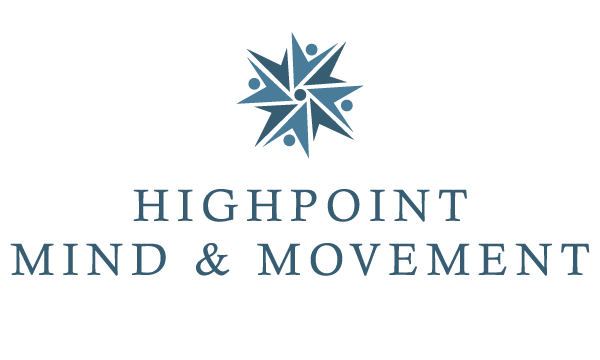The Three Dimensions of Movement & Learning
The Centering Dimension
The Centering Dimension relates to the neocortex and mid-brain, the Top-Bottom connection. The neocortex, at the top of the brain, is responsible for perception, analysis, rational thought, planning, and future thinking. The mid-brain, or limbic system, is the seat of our emotions, our defensiveness or openness, relationships, love, and play. It is also the neurological basis for self-awareness, emotional self-regulation, organization, and long and short-term memory – thus underlying academic learning to a great degree.
Physically, the Centering Dimension supports the vertical integration of the brain and body to stabilize and ground us in relation to the earth, objects, people, and our immediate environment. Emotionally, it’s related to how stable we are in our sense of self, our emotions and attitudes, and our attachments. Therefore, the imaginary horizontal line that intersects the body near the waist, along the Transverse Plane, is called the Stabilization Midline because when the energy can flow easily up and down, we experience physical, mental, and emotional stability.
When we lack a sense of verticalness and uprightness, there is uncertainty of where we are in relation to things and people. We don’t have an inner point of reference and can experience emotional states such as frustration, over-stimulation, and feeling overwhelmed. If children or adults are not grounded in themselves, they may feel “all over the place,” “all in pieces,” or “beside myself” and find sharing and cooperation difficult. Seniors may feel disoriented and “untogether,” with life feeling like it is just too much.
The Solution
Balancing the flow of energy between top and bottom connects the neocortex and limbic system. By using the Energy Exercises of the Brain Gym® program, we can reconnect with our center of gravity, restore awareness of where we are in space, and reinforce good body alignment. Because of the centering effect of these exercises, we can calm and compose ourselves to connect with the task at hand or with others and feel stable both physically and emotionally. This stability correlates with the ability to feel and express our emotions, manage our impulses, and let go of irrational fears.
When children can easily cross the Stabilization Midline, we see academics improve as learning difficulties reduce or disappear due to the release of tension. Students find it easier to remember and comprehend, and reading, writing, and math are easier because directionality – left, right, up, down – will make sense.
Adults who suffer from over-reactive behaviors, psychosomatic issues, and emotional triggers will find they can now respond to disappointment and the stressors of life with greater calmness and equanimity. They feel more in charge of their life, rather than reactive to it.
Seniors are more stable on their feet while walking, bending, turning, and rising from a chair. The Energy Exercises stabilize and bring equilibrium to our brain centers to support an erect standing posture and a well-functioning balance mechanism.

